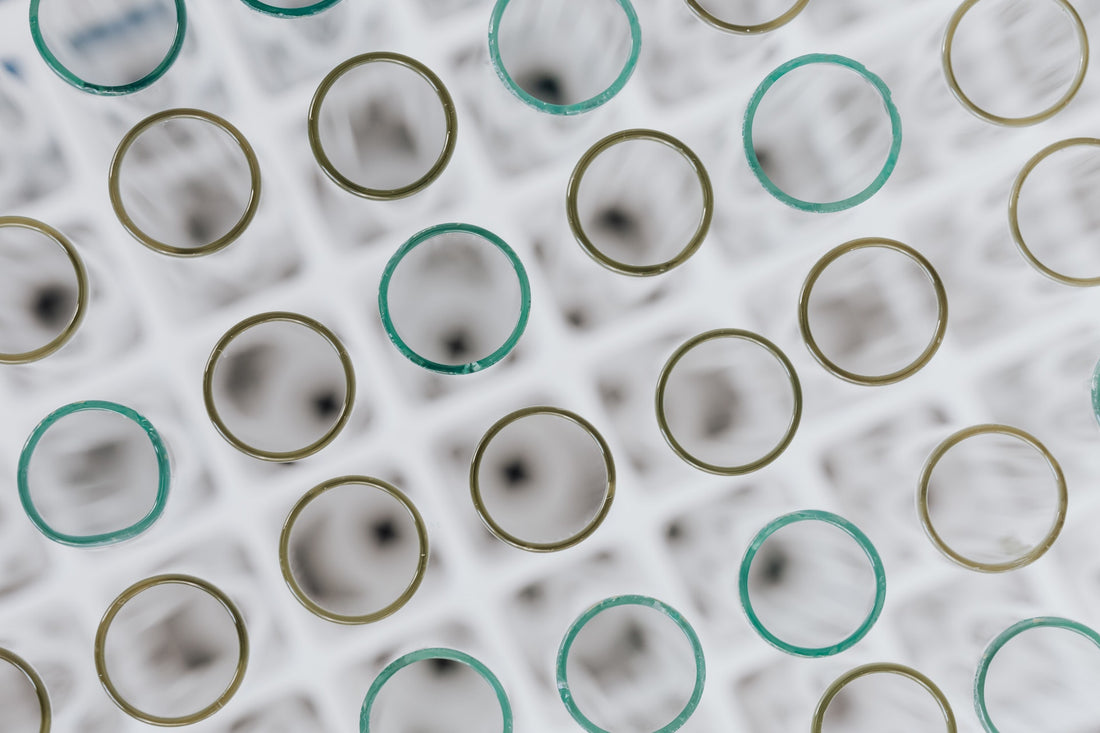
Why Do "Bad" or Unhealthy Bacteria Exist In The Environment?
Share
Bacteria are small, single-celled microscopic organisms, existing in their millions in the environment, inside as well as outside other living organisms. And this includes so-called “bad” or unhealthy bacteria.
Bacteria are believed to be the first organisms to have appeared on the earth nearly 4 billion years ago. There is also evidence showing that the oldest known fossils have a bacteria-like structure. Some unhealthy bacteria can survive extreme conditions and use organic and inorganic compounds as a source of energy or food.
Some bacteria are known to be the source of infections in humans, although they do serve a purpose. Hence the purposeful choice to put quotation marks around the term “bad” bacteria. While they often get a bad rap, these unhealthy bacteria can support several forms of life, both animal and plant. Moreover, they are also used in medicinal and industrial processes.
Here is a brief discussion about the multiple roles played by unhealthy bacteria in the environment to get an understanding of why they exist and the purpose they serve.
4 Benefits of Unhealthy Bacteria
1. They Support Human Survival
 Bacteria are often considered unhealthy or bad, although some of them play a role in maintaining human health. For example; some bacteria living in our gut make up a healthy gut microbiome that can support the process of digestion and even boost immunity.
Bacteria are often considered unhealthy or bad, although some of them play a role in maintaining human health. For example; some bacteria living in our gut make up a healthy gut microbiome that can support the process of digestion and even boost immunity.
Some of the unhealthy bacteria residing in the body play a key role in human survival by supporting the process of the breakdown of nutrients, especially complex sugars, to release smaller molecules that can be used up by the body more easily.
It is believed that humans can not exist without bacteria as even the oxygen that we breathe is probably created as a result of the activities of bacteria, including unhealthy bacteria, present in the ocean.
Moreover, some bacteria can also help to prevent diseases and maintain health by occupying places that could be pathogenic. This means some less harmful bacteria in our body tend to attack the vulnerable sites in the body thereby preventing the more harmful bacteria from attaching to those places. This could protect you against more severe infections.
These unhealthy but less harmful bacteria can also protect us from severe infections by attacking the harmful pathogens rendering them less pathogenic.
Similarly, harmful bacteria like E. Coli exist in the human gut and cause infection. However, the existence of these bacteria can also help in the breakdown of foods and facilitate the process of digestion.
2. They Provide Nitrogen Fixation
The existence of unhealthy or bad bacteria in the environment supports the process of nitrogen fixation. These bacteria have the ability to take in nitrogen and later release it into the atmosphere when they die allowing the plants to use it.
Plants depend on nitrogen present in the soil for their survival. However, they cannot use the nitrogen in the soil themselves. Hence, to ensure this, some plant seeds have small containers of bacteria that can be used during the stage of sprouting. This is another mechanism that allows plants to receive nitrogen from bacteria indicating the importance of the existence of bacteria in the environment.
3. They’re Used in Food Technology
Some bacteria are commonly used in food processing and industrial processes. For example; cheesemaking involves the use of bacteria.
Also, the process of fermentation initiated by some bacteria leads to the formation of new compounds, like lactic acid, which appear to produce an anti-inflammatory effect thus improving digestion as well as immunity of a person.
4. They Play a Role in Research
 The use of bacteria is common in research in the fields of molecular biology, genetics, and biochemistry as they tend to grow quickly and are easier to manipulate. Scientists also use bacteria for studying how enzymes and genes work.
The use of bacteria is common in research in the fields of molecular biology, genetics, and biochemistry as they tend to grow quickly and are easier to manipulate. Scientists also use bacteria for studying how enzymes and genes work.
Some bacteria are used for the production of antibiotics. Moreover, a bacterium called Bacillus thuringiensis can be used by farmers as a safer pesticide as it does not have any adverse environmental consequences that are commonly associated with the use of chemical-based pesticides.
Bacteria have the ability to break down some organic compounds. This property can be useful in activities like waste processing or cleaning up toxic waste and spills. This is why chemical and pharmaceutical industries use some bacteria in the production of chemicals.
Conclusion
“Bad” bacteria, although potentially harmful to human health, do serve several purposes. These bacteria can improve digestion, support medical research, help in the breakdown of waste matter, and even be used for industrial and agricultural purposes. This suggests why “bad” or unhealthy bacteria exist in the environment.
References:
- https://www.nationalgeographic.org/video/til-20-our-oxygen-comes-bacteria/
- https://pubmed.ncbi.nlm.nih.gov/35907164/
- https://ejbpc.springeropen.com/articles/10.1186/s41938-021-00440-3
